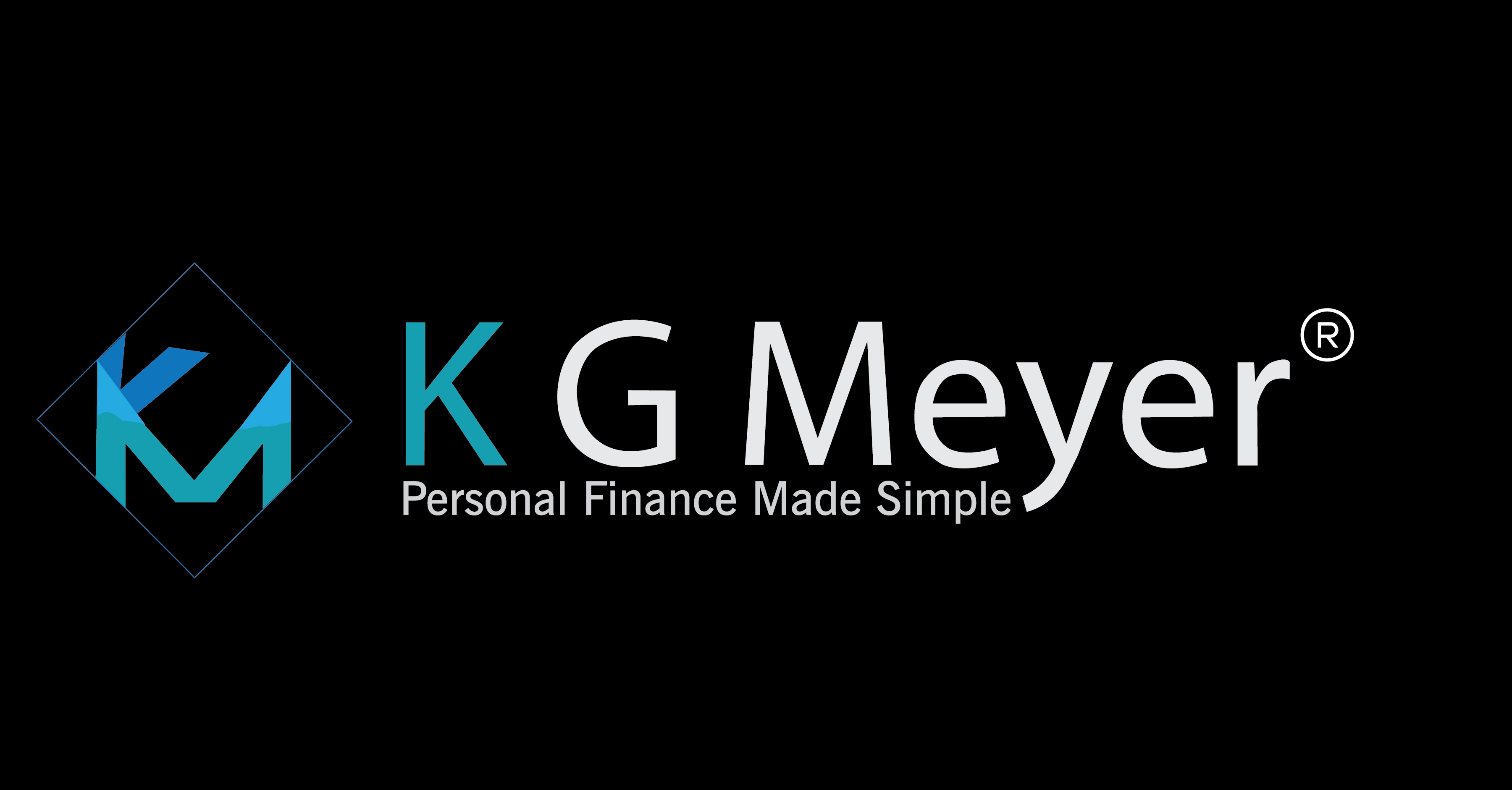The extended tax filing date is July 15, which is Wednesday of next week. Unless you were required to pay the IRS your taxes, most of you have most likely already filed. But for those of you who owed the IRS, this is a friendly reminder that that extension is fast approaching. Also, many of us filed so that we would ensure that we received our stimulus checks when the CARES Act was passed in late March. This was especially true is you earned more than the minimums in 2018 and earned less in 2019. But the extension by the IRS for the 2019 tax season between the passing of the SECURE Act and the CARES Act there are some more things people need to be aware of when it comes to their retirement accounts.
SECURE Act
When the SECURE Act was passed in late 2019, it made a significant change to the way people approaching 70 years old manage their retirement accounts. Now, if you turned 70 ½ before January 1, 2020, the changes in the SECURE Act will not affect you. But for those who turn 70 ½ after January 1, 2020, your Required Minimum Distributions (RMD) can be delayed until you turn 72. This means that your retirement accounts have an approximate two more years to grow and delay your RMD.
But does this mean you should delay your RMD? In this regard, there are many things to consider before you decide. First, and perhaps the most important is will or do you need the money to live? If the answer to this is yes, then by all means, make your RMD before age 72 as your survival is paramount. And second, you need to consider the tax consequences of making your RMD will have on you. If the full RMD will put you in a higher tax bracket and cause your Medicare Tax to increase, maybe consider taking a smaller amount from the account to avoid this action. And finally, when you delay taking your RMD, it provides the account more time to grow, and since the RMD is based on the balance as of December 31, that is key to remember as well. But by delaying your RMD, you will be older and therefore required to take a larger RMD, again depending on the December 31 balance. And with a larger RMD, you could be placed in a higher tax bracket, which again brings up the second point.
CARES Act
When COVID-19 hit the US in earnest in mid-March, Congress acted by passing the CARES Act to provide a much-needed stimulus package for both individuals and businesses. But when it came to individuals, the CARES Act gave people a choice for 2020 to waive taking their 2020 RMD. This was primarily due to the fact the markets had decreased significantly, and if people had not planned, most would be selling depressed assets to take their RMD. In this regard, all of the retirement accounts were based on balances as of December 31, 2019, when the markets were near all-time highs. Then starting in February, the markets began to slip, which meant many would-be selling depressed assets to fund an RMD that was based on appreciated balances. Never a good event.
To a great deal, the markets have bounced back a substantial amount but are not near the highs we saw earlier this year. And had you not planned and had approximately two RMD’s set aside in your IRA in a cash equivalent within your IRA, I strongly suggest you consider this action. If you do this, when the market is strong, you will be in a position to make your RMD regardless of what the market is doing in that particular year. When it comes to former workplace retirement accounts, this is not allowed as most will take a percentage of each investment within the account, unlike being able to have an allowance in cash as in an IRA, which is why it may be wise to consider a rollover IRA for workplace accounts so that you can plan for these unexpected events without harming your non-cash holdings.
Now I am not advising anyone to rollover a workplace retirement account to an IRA without knowing all of your particular facts. Before making any financial decision, it is wise to either fully understand the choice or seek out the assistance of a fee-only Registered Financial Consultant.
If you have any further questions, please feel free to reach out to me directly or leave a comment at the bottom of this post. And to join our email newsletter, fill out the form below.



